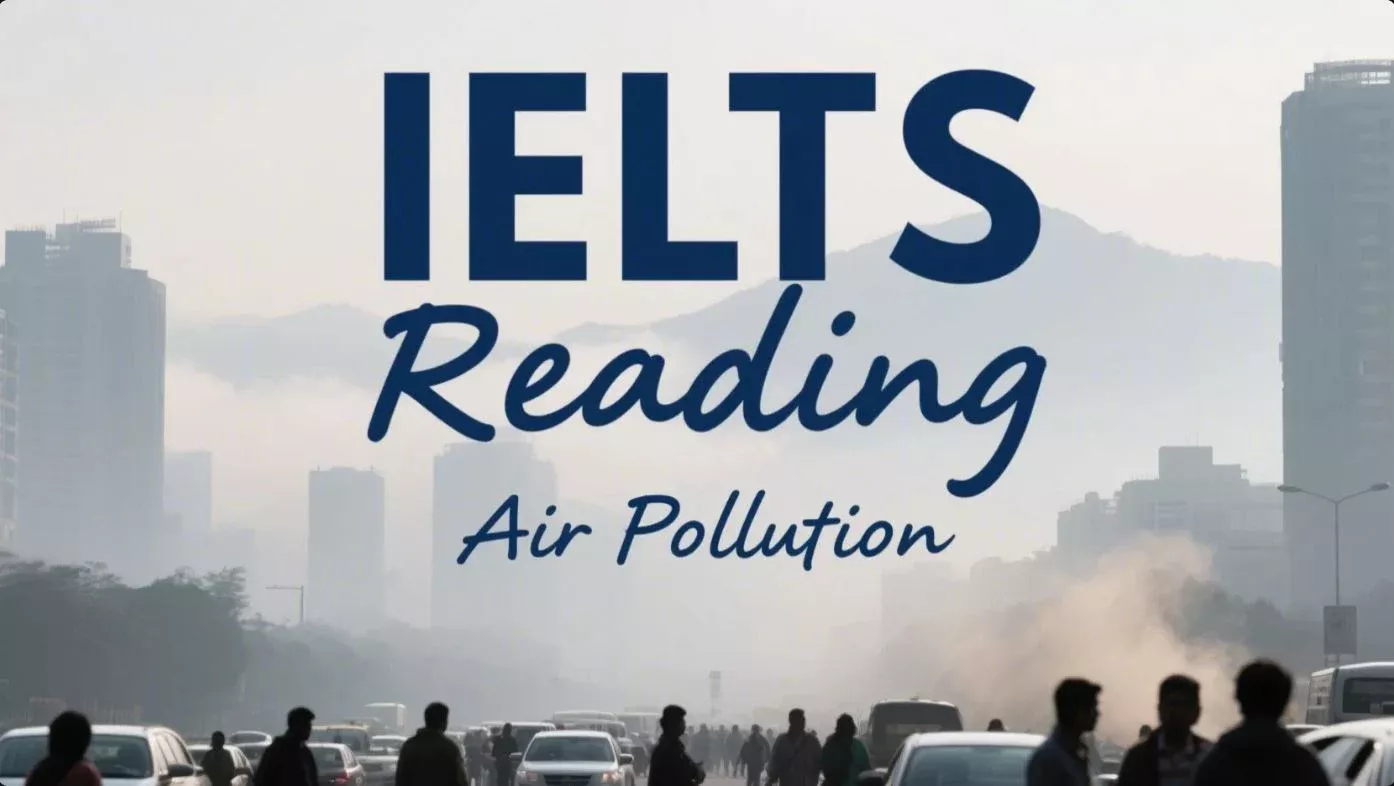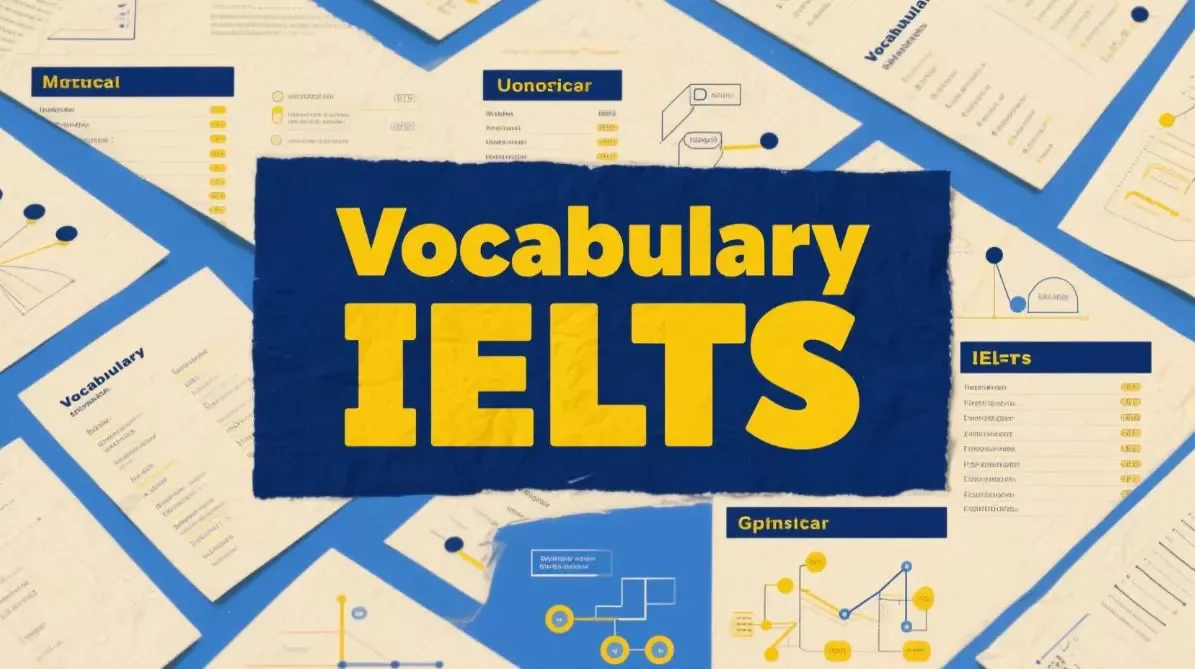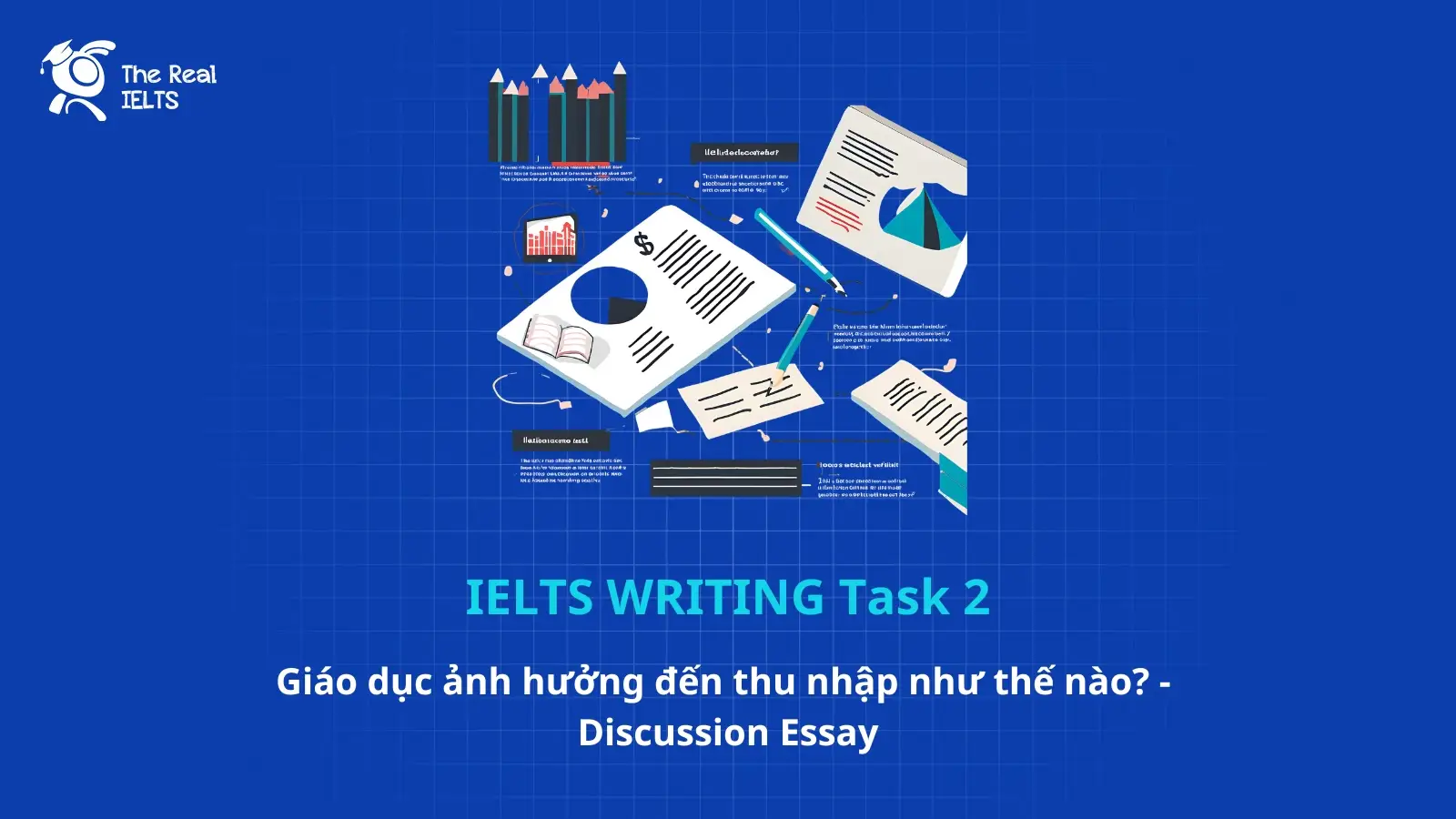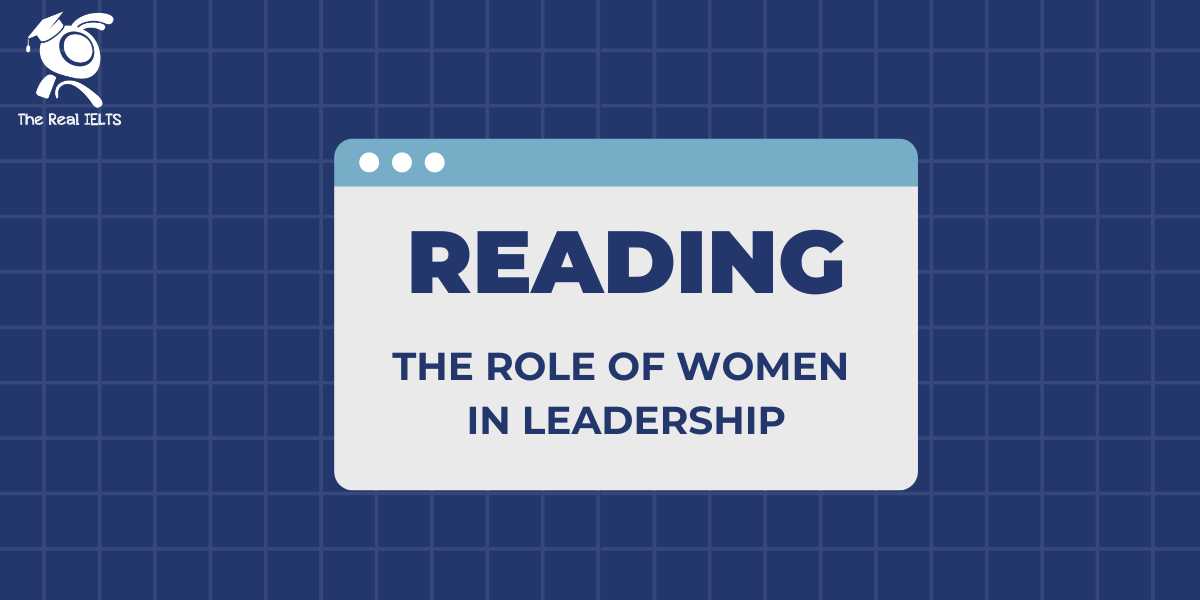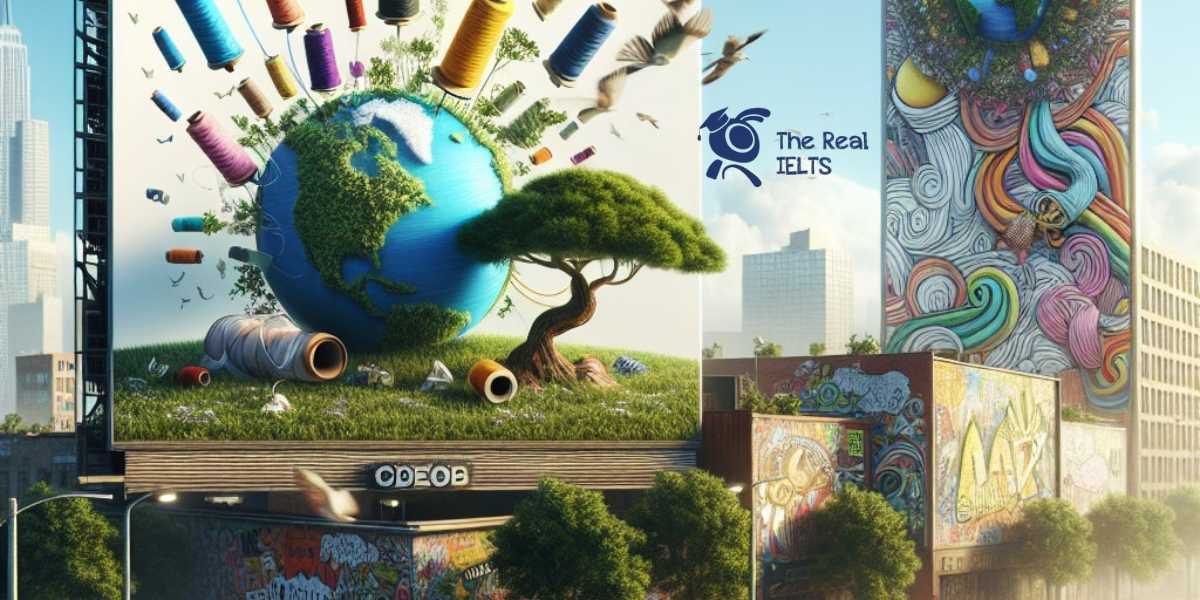Trong hành trình chinh phục kỳ thi IELTS, kỹ năng đọc hiểu luôn là thử thách đòi hỏi sự tập trung và chiến lược rõ ràng. IELTS Reading kiểm tra khả năng phân tích văn bản học thuật, từ việc nắm bắt ý chính đến xử lý các câu hỏi phức tạp trong thời gian giới hạn. Với độ khó tăng dần qua từng phần, thí sinh cần trau dồi kỹ năng skimming và scanning hiệu quả để tối ưu hóa điểm số và đạt mục tiêu band 8+.
Đọc thêm: IELTS Reading Practice Test: Renewable Energy: A Path to Sustainability.
IELTS Reading Practice Test: Air Pollution: A Global Challenge
Air pollution, a pressing global issue, affects millions of people and ecosystems worldwide. It is caused by emissions from vehicles, industrial activities, and burning fossil fuels, releasing pollutants like particulate matter, nitrogen dioxide, and sulfur dioxide into the atmosphere. These pollutants harm human health, contributing to respiratory diseases such as asthma and bronchitis. According to the World Health Organization, air pollution is linked to seven million premature deaths annually.
Urban areas, particularly in developing countries, face severe air pollution due to rapid industrialization and lax regulations. Cities like Delhi and Beijing often experience smog, reducing visibility and quality of life. However, rural areas are not immune, as agricultural practices like crop burning also contribute significantly. In 2023, global efforts to combat air pollution included stricter emission standards and investments in cleaner technologies, such as electric vehicles.
Solutions to air pollution involve both individual and governmental actions. Individuals can reduce their carbon footprint by using public transport or cycling. Governments, meanwhile, are implementing policies like low-emission zones and promoting renewable energy. Despite progress, challenges remain, including high costs of transitioning to green technologies and resistance from industries reliant on fossil fuels. Innovations like air-purifying towers and advanced filtration systems offer hope, but their scalability is limited. Addressing air pollution requires global cooperation, as pollutants can cross borders, affecting regions far from their source.
Câu hỏi
Question 1 (Multiple Choice)
What is a major cause of air pollution mentioned in the passage?
A. Deforestation in rural areas
B. Emissions from vehicles and industries
C. Overuse of renewable energy
D. Construction of air-purifying towers
Question 2 (Multiple Choice)
What health issues are linked to air pollution?
A. Digestive problems
B. Respiratory diseases
C. Skin infections
D. Vision impairment
Question 3 (True/False/Not Given)
Air pollution only affects urban areas.
A. True
B. False
C. Not Given
Question 4 (True/False/Not Given)
The World Health Organization links air pollution to seven million premature deaths each year.
A. True
B. False
C. Not Given
Question 5 (Yes/No/Not Given)
Does the passage suggest that air pollution can impact areas far from its source?
A. Yes
B. No
C. Not Given
Question 6 (Yes/No/Not Given)
Are air-purifying towers mentioned as a widely implemented solution?
A. Yes
B. No
C. Not Given
Question 7 (Matching Information)
Which paragraph discusses the health impacts of air pollution?
A. Paragraph 1
B. Paragraph 2
C. Paragraph 3
D. Paragraph 4
Question 8 (Matching Information)
In which paragraph are solutions to air pollution discussed?
A. Paragraph 1
B. Paragraph 2
C. Paragraph 3
D. Paragraph 4
Question 9 (Matching Headings)
Choose the correct heading for Paragraph 1:
A. Solutions to Air Pollution
B. Introduction to Air Pollution
C. Challenges of Green Technology
D. Global Cooperation Efforts
Question 10 (Matching Headings)
Choose the correct heading for Paragraph 3:
A. Causes of Urban Pollution
B. Global and Individual Solutions
C. Health Impacts of Pollution
D. Innovations in Air Purification
Question 11 (Matching Sentence Endings)
Air pollution is a significant issue in urban areas because …
A. of rapid industrialization and lax regulations.
B. it only affects rural communities.
C. of widespread use of electric vehicles.
D. air-purifying towers are common.
Question 12 (Matching Sentence Endings)
Governments are addressing air pollution by …
A. increasing fossil fuel use.
B. promoting renewable energy.
C. banning public transport.
D. reducing industrial activities entirely.
Question 13 (Sentence Completion)
Air pollution contributes to _______ diseases like asthma and bronchitis.
Question 14 (Sentence Completion)
Cities like _______ often experience smog due to air pollution.
Question 15 (Summary Completion)
Complete the summary using words from the passage:
Air pollution is caused by emissions from vehicles, industries, and _______ fuels, harming both human health and ecosystems.
Question 16 (Summary Completion)
Governments are introducing _______ standards to reduce air pollution.
Question 17 (Diagram Label Completion)
Label the diagram of an air pollution source:
The type of matter released into the atmosphere is called _______ matter.
Question 18 (Diagram Label Completion)
Label the diagram of a pollution control system:
A technology promoted to reduce emissions is _______ vehicles.
Question 19 (Short Answer Questions)
What is one individual action mentioned to reduce air pollution?
Question 20 (Short Answer Questions)
How many premature deaths are linked to air pollution annually, according to the WHO?
Question 21 (Table Completion)
Complete the table below with information from the passage:
| Area Affected | Cause | Solution |
|---|---|---|
| Urban areas | Rapid industrialization | _________ |
| Rural areas | _________ | Cleaner technologies |
| Global | Cross-border pollutants | _________ |
Question 22 (Multiple Choice)
What is a challenge mentioned for addressing air pollution?
A. Lack of public transport options
B. High costs of green technologies
C. Absence of government policies
D. Overuse of air-purifying towers
Question 23 (True/False/Not Given)
Air-purifying towers are a cost-effective solution to air pollution.
A. True
B. False
C. Not Given
Question 24 (Yes/No/Not Given)
Does the passage suggest that global cooperation is necessary to address air pollution?
A. Yes
B. No
C. Not Given
Question 25 (Matching Information)
Which paragraph mentions the impact of agricultural practices on air pollution?
A. Paragraph 1
B. Paragraph 2
C. Paragraph 3
D. Paragraph 4
Question 26 (Matching Headings)
Choose the correct heading for Paragraph 2:
A. Urban and Rural Air Pollution
B. Health Effects of Pollutants
C. Government Policy Challenges
D. Advances in Filtration Systems
Question 27 (Sentence Completion)
Stricter _______ standards were introduced globally in 2023 to combat air pollution.
Question 28 (Summary Completion)
Individuals can help reduce air pollution by using _______ or cycling.
Question 29 (Short Answer Questions)
What is one city mentioned in the passage that suffers from smog?
Question 30 (Diagram Label Completion)
Label the diagram of a pollution reduction policy:
A policy mentioned to reduce emissions is _______ zones.
Question 31 (Multiple Choice)
What is one pollutant mentioned in the passage?
A. Carbon monoxide
B. Nitrogen dioxide
C. Chlorine gas
D. Ozone
Question 32 (True/False/Not Given)
Electric vehicles are widely used in rural areas to reduce pollution.
A. True
B. False
C. Not Given
Question 33 (Yes/No/Not Given)
Does the passage indicate that air pollution affects ecosystems?
A. Yes
B. No
C. Not Given
Question 34 (Matching Sentence Endings)
Innovations like air-purifying towers are limited because …
A. they are widely implemented.
B. of their scalability issues.
C. they are inexpensive to install.
D. they completely eliminate pollution.
Question 35 (Sentence Completion)
Air pollution is caused by burning _______ fuels.
Question 36 (Summary Completion)
Complete the summary:
Air pollution poses a global challenge, requiring both individual actions and _______ cooperation to address its effects.
Question 37 (Short Answer Questions)
What is one technology mentioned to combat air pollution?
Question 38 (Table Completion)
Complete the table below with information from the passage:
| Pollutant | Effect | Source |
|---|---|---|
| Particulate matter | _________ | Vehicles |
| Nitrogen dioxide | Respiratory diseases | _________ |
| Sulfur dioxide | _________ | Burning fossil fuels |
Question 39 (Multiple Choice)
What is a consequence of smog in cities like Delhi and Beijing?
A. Increased visibility
B. Reduced quality of life
C. Lower industrial activity
D. Improved air quality
Question 40 (True/False/Not Given)
Air pollution is only caused by industrial activities.
A. True
B. False
C. Not Given
Đáp án và Giải thích
Question 1
Correct Option: B
Explanation: Bài đọc nêu rằng ô nhiễm không khí do “emissions from vehicles, industrial activities, and burning fossil fuels.” Lựa chọn B đúng vì nó liệt kê các nguyên nhân chính. Các lựa chọn khác không được đề cập hoặc không chính xác.
Question 2
Correct Option: B
Explanation: Bài đọc đề cập rằng ô nhiễm không khí gây ra “respiratory diseases such as asthma and bronchitis.” Lựa chọn B đúng vì nó khớp với thông tin này.
Question 3
Correct Option: B
Explanation: Bài đọc nêu rằng ô nhiễm không khí ảnh hưởng đến cả khu vực thành thị và nông thôn, ví dụ như “rural areas are not immune, as agricultural practices like crop burning also contribute.” Do đó, câu này sai.
Question 4
Correct Option: A
Explanation: Bài đọc xác nhận rằng WHO liên kết ô nhiễm không khí với “seven million premature deaths annually.” Câu này đúng vì thông tin khớp với bài đọc.
Question 5
Correct Option: A
Explanation: Bài đọc nêu rằng chất ô nhiễm có thể “cross borders, affecting regions far from their source.” Câu trả lời là “Yes” vì thông tin này được đề cập rõ ràng.
Question 6
Correct Option: B
Explanation: Bài đọc đề cập đến tháp lọc không khí nhưng lưu ý rằng “their scalability is limited,” ngụ ý chúng chưa được triển khai rộng rãi. Do đó, câu trả lời là “No.”
Question 7
Correct Option: A
Explanation: Tác động sức khỏe của ô nhiễm không khí được thảo luận ở đoạn 1: “These pollutants harm human health, contributing to respiratory diseases…” Đáp án đúng là A.
Question 8
Correct Option: C
Explanation: Các giải pháp cho ô nhiễm không khí, như sử dụng giao thông công cộng và chính sách của chính phủ, được thảo luận ở đoạn 3: “Solutions to air pollution involve both individual and governmental actions.” Đáp án đúng là C.
Question 9
Correct Option: B
Explanation: Đoạn 1 giới thiệu về ô nhiễm không khí, nguyên nhân và tác động của nó. Tiêu đề “Introduction to Air Pollution” phù hợp nhất.
Question 10
Correct Option: B
Explanation: Đoạn 3 thảo luận về các giải pháp cá nhân và toàn cầu, như sử dụng giao thông công cộng và chính sách của chính phủ. Tiêu đề “Global and Individual Solutions” là phù hợp nhất.
Question 11
Correct Option: A
Explanation: Bài đọc nêu rằng ô nhiễm không khí nghiêm trọng ở khu vực thành thị do “rapid industrialization and lax regulations.” Lựa chọn A khớp với thông tin này.
Question 12
Correct Option: B
Explanation: Bài đọc đề cập rằng chính phủ đang “promoting renewable energy” để giải quyết ô nhiễm không khí. Lựa chọn B đúng.
Question 13
Correct Answer: respiratory
Explanation: Bài đọc nêu rằng ô nhiễm không khí gây ra “respiratory diseases like asthma and bronchitis.” Từ “respiratory” phù hợp để điền vào chỗ trống.
Question 14
Correct Answer: Delhi
Explanation: Bài đọc đề cập rằng các thành phố như “Delhi and Beijing” thường xuyên bị sương mù. “Delhi” là một đáp án đúng.
Question 15
Correct Answer: fossil
Explanation: Bài đọc liệt kê rằng ô nhiễm không khí do “emissions from vehicles, industrial activities, and burning fossil fuels.” Từ “fossil” phù hợp với tóm tắt.
Question 16
Correct Answer: emission
Explanation: Bài đọc nêu rằng các nỗ lực toàn cầu bao gồm “stricter emission standards.” Từ “emission” phù hợp để điền vào chỗ trống.
Question 17
Correct Answer: particulate
Explanation: Bài đọc đề cập đến “particulate matter” như một chất ô nhiễm được thải vào khí quyển. Từ “particulate” là đúng để gắn nhãn.
Question 18
Correct Answer: electric
Explanation: Bài đọc đề cập đến “electric vehicles” như một công nghệ để giảm phát thải. Từ “electric” là đúng.
Question 19
Correct Answer: Using public transport
Explanation: Bài đọc đề cập rằng cá nhân có thể giảm ô nhiễm bằng cách “using public transport or cycling.” Đáp án này chính xác.
Question 20
Correct Answer: Seven million
Explanation: Bài đọc nêu rằng WHO liên kết ô nhiễm không khí với “seven million premature deaths annually.” Đáp án này chính xác.
Question 21
Correct Answers:
- Urban areas Solution: Low-emission zones
- Rural areas Cause: Crop burning
- Global Solution: Global cooperation
Explanation: - Bài đọc đề cập đến “low-emission zones” như một giải pháp ở khu vực thành thị.
- Ở khu vực nông thôn, “crop burning” được nêu là một nguyên nhân gây ô nhiễm.
- Hợp tác toàn cầu được đề cập để giải quyết chất ô nhiễm vượt biên giới.
Question 22
Correct Option: B
Explanation: Bài đọc nêu rằng một thách thức là “high costs of transitioning to green technologies.” Lựa chọn B đúng vì nó khớp với thông tin này.
Question 23
Correct Option: C
Explanation: Bài đọc không đề cập đến chi phí của tháp lọc không khí, chỉ nói rằng chúng có “limited scalability.” Thông tin này là “Not Given.”
Question 24
Correct Option: A
Explanation: Bài đọc nêu rằng “Addressing air pollution requires global cooperation.” Câu trả lời là “Yes” vì thông tin này được đề cập rõ ràng.
Question 25
Correct Option: B
Explanation: Tác động của các hoạt động nông nghiệp, như đốt rẫy, được thảo luận ở đoạn 2: “agricultural practices like crop burning also contribute.” Đáp án đúng là B.
Question 26
Correct Option: A
Explanation: Đoạn 2 thảo luận về ô nhiễm không khí ở cả khu vực thành thị và nông thôn, như “Cities like Delhi and Beijing” và “rural areas are not immune.” Tiêu đề “Urban and Rural Air Pollution” phù hợp nhất.
Question 27
Correct Answer: emission
Explanation: Bài đọc nêu rằng “stricter emission standards” được giới thiệu vào năm 2023. Từ “emission” phù hợp để điền vào chỗ trống.
Question 28
Correct Answer: public transport
Explanation: Bài đọc nêu rằng cá nhân có thể giảm ô nhiễm bằng cách “using public transport or cycling.” Từ “public transport” phù hợp.
Question 29
Correct Answer: Beijing
Explanation: Bài đọc đề cập rằng các thành phố như “Delhi and Beijing” bị sương mù. “Beijing” là một đáp án đúng.
Question 30
Correct Answer: low-emission
Explanation: Bài đọc đề cập đến “low-emission zones” như một chính sách để giảm phát thải. Từ “low-emission” là đúng.
Question 31
Correct Option: B
Explanation: Bài đọc liệt kê “nitrogen dioxide” là một chất ô nhiễm. Lựa chọn B đúng vì nó khớp với thông tin này.
Question 32
Correct Option: C
Explanation: Bài đọc không đề cập đến việc xe điện được sử dụng rộng rãi ở khu vực nông thôn. Thông tin này là “Not Given.”
Question 33
Correct Option: A
Explanation: Bài đọc nêu rằng ô nhiễm không khí ảnh hưởng đến “ecosystems worldwide.” Câu trả lời là “Yes” vì thông tin này được đề cập rõ ràng.
Question 34
Correct Option: B
Explanation: Bài đọc nêu rằng các tháp lọc không khí bị hạn chế vì “their scalability is limited.” Lựa chọn B đúng vì nó đề cập đến vấn đề này.
Question 35
Correct Answer: fossil
Explanation: Bài đọc đề cập rằng ô nhiễm không khí do “burning fossil fuels.” Từ “fossil” phù hợp để điền vào chỗ trống.
Question 36
Correct Answer: global
Explanation: Bài đọc nhấn mạnh rằng ô nhiễm không khí là một thách thức toàn cầu, yêu cầu “global cooperation.” Từ “global” phù hợp với tóm tắt.
Question 37
Correct Answer: Electric vehicles
Explanation: Bài đọc đề cập đến “electric vehicles” như một công nghệ để chống ô nhiễm không khí. Đáp án này chính xác.
Question 38
Correct Answers:
- Particulate matter Effect: Respiratory diseases
- Nitrogen dioxide Source: Industries
- Sulfur dioxide Effect: Respiratory diseases
Explanation: - Bài đọc nêu rằng “particulate matter” và các chất ô nhiễm khác gây “respiratory diseases.”
- “Nitrogen dioxide” được liệt kê cùng với các phát thải từ “industrial activities.”
- “Sulfur dioxide” cũng góp phần vào “respiratory diseases” như đã nêu trong bài.
Question 39
Correct Option: B
Explanation: Bài đọc nêu rằng sương mù ở các thành phố như Delhi và Beijing “reducing visibility and quality of life.” Lựa chọn B đúng.
Question 40
Correct Option: B
Explanation: Bài đọc nêu rằng ô nhiễm không khí do nhiều nguồn, bao gồm “vehicles, industrial activities, and burning fossil fuels,” không chỉ từ hoạt động công nghiệp. Do đó, câu này sai.


